Many coffee enthusiasts wonder about the best methods for thawing frozen coffee beans. To truly enjoy the rich flavors of coffee, proper storage is essential. Among the various storage techniques, freezing is one of the most effective ways to maintain freshness. But do you know the right way to thaw those frozen beans?
In this article, we’ll dive into the best practices for thawing frozen coffee beans and explore the benefits of doing it correctly. Mastering the proper thawing technique can definitely enhance your coffee experience. So, let’s learn together how to store and thaw coffee beans like a pro!
- Why freeze coffee beans in the first place?
- The correct method for thawing frozen beans
- The differences in thawing based on bean variety
Why Freeze Coffee Beans?
Coffee beans lose their freshness over time, which can alter their flavor and aroma. This process accelerates, especially after the beans have been opened, due to oxidation. To enjoy delicious coffee for an extended period, proper storage methods are essential. Freezing has emerged as an effective option for this purpose.
By freezing coffee beans, you can extend their shelf life and maintain their flavor. Let’s delve into the specific reasons why freezing is recommended for preserving coffee beans.
Reasons to Extend Shelf Life
The primary reason for freezing coffee beans is to prolong their shelf life. The cold environment of a freezer slows down oxidation and helps prevent deterioration. This means that flavors that would typically fade within a few weeks under normal storage conditions can be preserved for several months or even longer.
Freezing also helps prevent the growth of pests and mold. In particularly humid environments, coffee beans are more susceptible to spoilage, making freezing an especially effective storage solution. For these reasons, freezing coffee beans is a smart choice for maintaining their freshness.
- Slows down oxidation of coffee beans
- Extends shelf life to several months
- Protects against humidity and pests
Impact of Freezing on Flavor
Freezing can also positively influence the flavor of coffee beans. In a low-temperature environment, the components of the beans remain stable and are protected from factors that could compromise their flavor. This allows you to retain a state that is close to that of freshly opened beans.
However, it’s crucial to note that the method of thawing can negatively affect flavor if not done correctly. Knowing how to properly thaw frozen beans is important for fully enjoying the true taste of your coffee.
If you’re interested in learning more about coffee bean storage methods, we recommend checking out this article on “How to Store Fresh Green Coffee Beans and Its Importance.” It provides detailed techniques and tips for maintaining bean freshness, so be sure to take a look.
- Flavor components remain stable at low temperatures
- Maintains a state close to fresh beans
- Important to pay attention to thawing methods
How to Properly Thaw Frozen Coffee Beans
To truly enjoy frozen coffee beans, it’s essential to know the right way to thaw them. The method you use can significantly impact the beans’ flavor and aroma. By understanding how to thaw them properly, you can maximize the quality of your frozen coffee beans.
In this section, we’ll explore the differences between natural and quick thawing, as well as some important tips to keep in mind during the process. These insights will help you maintain the freshness of your beans while savoring the best cup of coffee.
Natural Thawing vs. Quick Thawing
Natural thawing involves slowly bringing frozen coffee beans back to room temperature in the refrigerator or at room temperature. This method allows the beans to warm up evenly, which helps preserve their flavor. While it takes longer, it’s an effective way to maintain the beans’ authentic aroma and taste.
On the other hand, quick thawing uses methods such as microwaving or soaking in hot water to rapidly defrost the beans. While this method is convenient, the sudden change in temperature can stress the beans and compromise their flavor. Therefore, if you choose to go this route, be especially cautious.
- Natural thawing is better at preserving flavor
- Quick thawing is convenient but may diminish taste
- Understanding the impact of thawing methods is crucial
Tips for Thawing
There are several important considerations when thawing coffee beans. First, it is crucial to thaw them without removing them from their bag. The moisture inside the bag can be absorbed by the beans, altering their flavor. It’s best to use them immediately after thawing.
Additionally, avoid refreezing thawed beans. Refreezing can severely degrade the quality and flavor of the beans. To prevent this, make sure to thaw only the amount you need.
To enjoy frozen coffee beans to the fullest, the selection of the beans beforehand is also an important factor. If you’re interested in this topic, check out this article on “How to Store Green Coffee Beans to Preserve Freshness.” It provides detailed information on effective storage methods to keep your beans fresh, so be sure to give it a read!
- Thaw without removing from the bag
- Use immediately after thawing
- Avoid refreezing
How Freezing Methods Vary by Coffee Bean Type
Coffee beans come in various varieties, including Arabica and Robusta, each with its own unique flavors and aromas. The way you thaw these beans can differ significantly based on their type. In this section, we’ll explore how the thawing methods vary for different beans. By understanding the correct thawing techniques, you can maximize the distinct characteristics of each type.
The flavor and aroma profiles of Arabica and Robusta beans are quite different, which leads to variations in thawing methods. Additionally, single-origin and blended coffees may require different handling. By grasping these nuances and practicing the appropriate thawing methods, you can enjoy the best coffee experience.
Characteristics of Arabica and Robusta Beans
Arabica beans are known for their rich sweetness and acidity, as well as their delicate aroma. Because of this, careful handling during thawing is essential to retain their flavor. Opting for natural thawing can help preserve the distinct qualities of Arabica beans.
On the other hand, Robusta beans have a stronger bitterness and a more intense flavor. They are generally more resilient to variations in thawing methods, so rapid thawing is less likely to compromise their flavor. However, choosing the right thawing technique can still enhance your coffee experience.
- Arabica beans are rich in sweetness and acidity
- Natural thawing is effective for flavor preservation
- Robusta beans are strong in bitterness and can handle rapid thawing
Thawing Methods for Single-Origin and Blended Coffees
Single-origin coffee is made from beans grown in a specific region, showcasing distinct flavors unique to that locale. When thawing, it’s important to pay special attention to any changes in flavor. Natural thawing is recommended to fully enjoy the nuanced taste of single-origin beans.
In contrast, blended coffee consists of a mix of different beans. Since the flavors are well-integrated, rapid thawing typically doesn’t present major issues. However, to maintain the overall balance of flavors, it’s advisable to use the coffee soon after thawing.
- Single-origin coffee has distinctive flavors
- Natural thawing is recommended
- Blended coffee can handle rapid thawing, but it’s best to use it immediately
How to Preserve Coffee Flavor
To fully enjoy the rich flavors of coffee beans, it’s essential to store them properly. While freezing is an effective method, there are other ways to maintain the freshness of your coffee as well. By understanding and implementing the right storage techniques, you can prolong the flavor and aroma of your beans.
In this section, we’ll explore storage methods beyond freezing, as well as the importance of choosing the right containers and environments. By following these tips, you can enhance your daily coffee experience.
Storage Methods Beyond Freezing
Aside from freezing, there are several effective ways to keep your coffee beans fresh. One common method is room temperature storage, but it’s crucial to avoid direct sunlight and high humidity. Keeping your beans in a cool, dry place helps prevent oxidation and preserves their flavor.
Additionally, vacuum storage is another excellent option. By reducing exposure to oxygen, you can extend the freshness of your beans. Using a vacuum-sealed container allows you to enjoy coffee with a robust taste. Regardless of the method you choose, creating the right environment is key.
- Store at room temperature, avoiding direct sunlight
- A cool, dry place is ideal
- Use vacuum containers to block out oxygen
Choosing the Right Storage Container and Environment
Selecting the right storage container is crucial for maintaining the freshness of your coffee beans. Opt for airtight containers or vacuum-sealed jars. Glass or stainless steel containers are preferable to plastic, as they effectively protect the aroma of your coffee.
It’s also important to pay attention to your storage environment. Avoid places with fluctuating temperatures or high humidity; a cool, dark spot is the best choice. Position your containers in a location where they can be easily accessed without frequent opening and closing, which helps keep the beans fresh longer.
- Choose airtight containers
- Glass or stainless steel is ideal
- Basic rule: store in a cool, dark place
Conclusion
Freezing coffee beans can significantly extend their flavor and freshness, but the method of thawing and storage is equally important. By understanding the differences between natural and quick thawing, and choosing the right method based on the characteristics of each type of bean, you can truly enhance the tasting experience. Additionally, exploring alternative storage methods and selecting proper containers are essential for preserving the beans’ rich flavors.
Through this article, we hope you’ve gained valuable insights into storing and thawing coffee beans, allowing you to elevate your daily coffee rituals. Practice the right storage techniques and savor that perfect cup.
- Freezing coffee beans helps maintain freshness
- Choosing the right thawing method based on bean type is crucial
- Pay attention to storage containers and environment
We’d love to hear about your coffee experiences—feel free to share your thoughts!














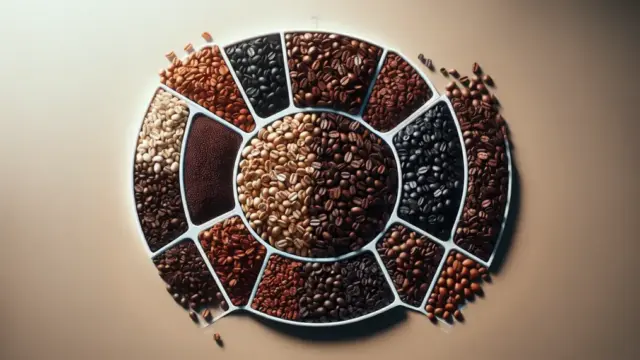







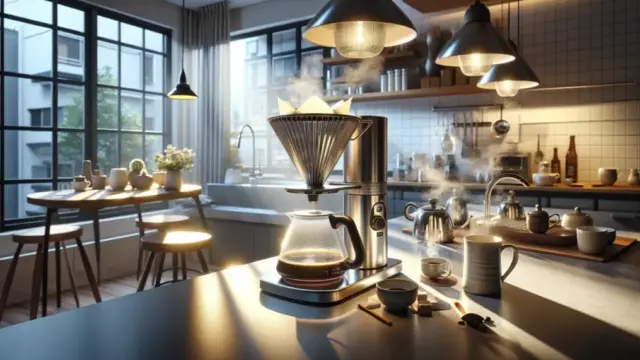




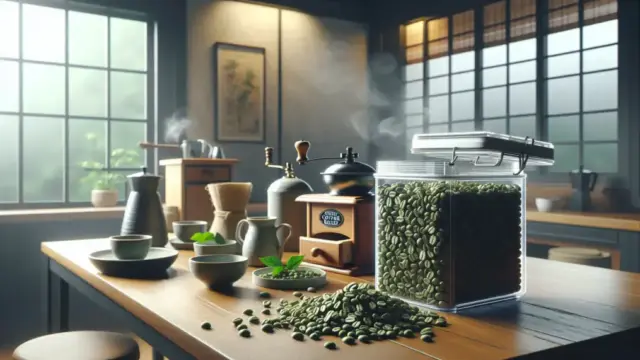








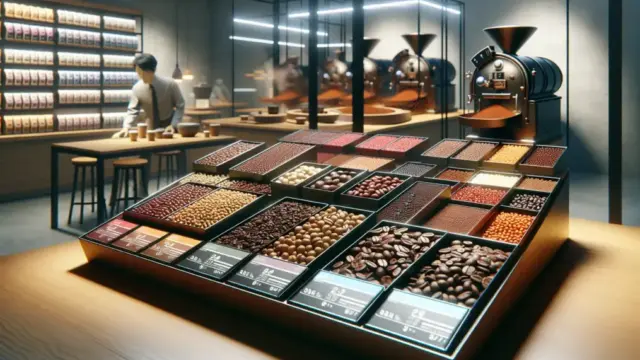






















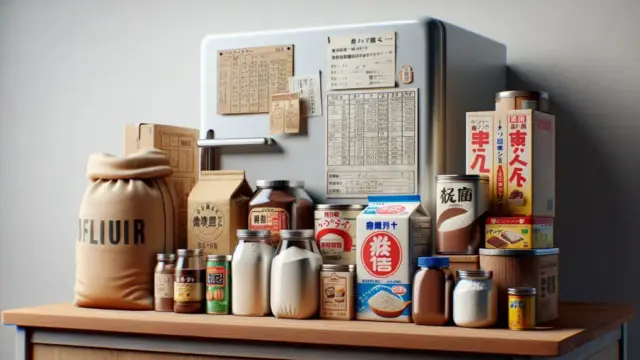
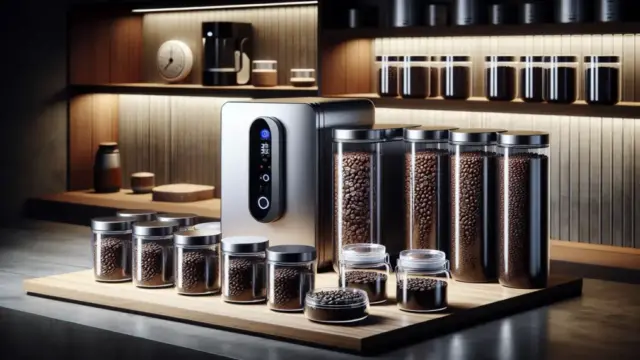









Comment